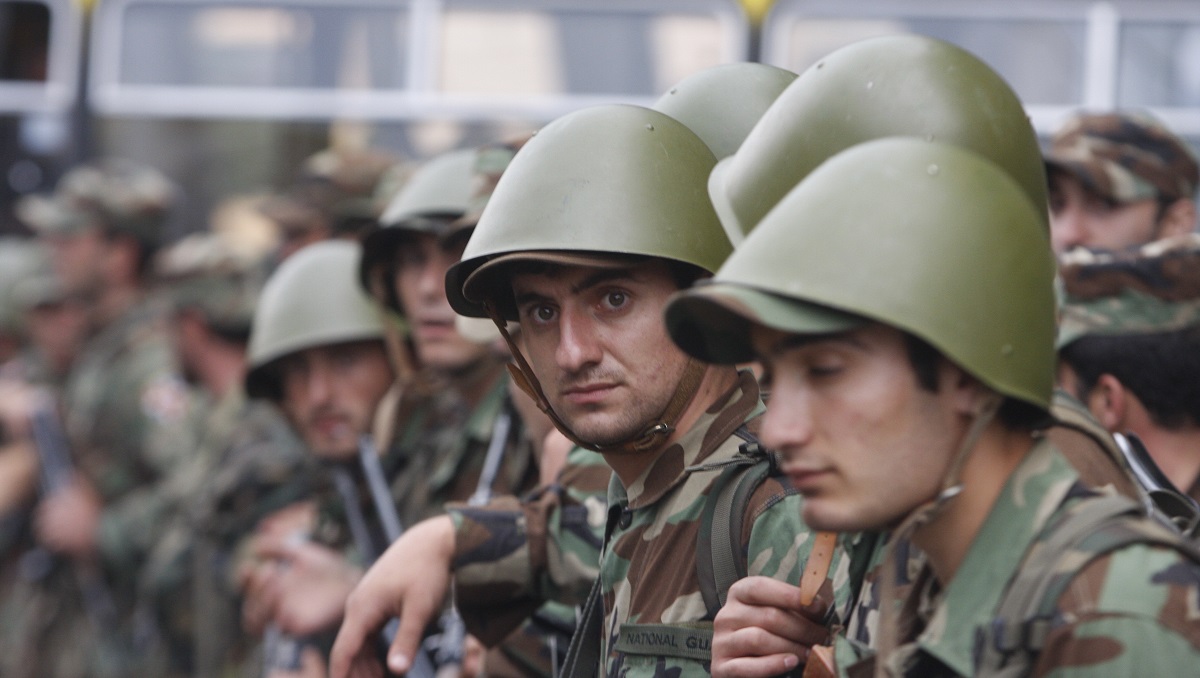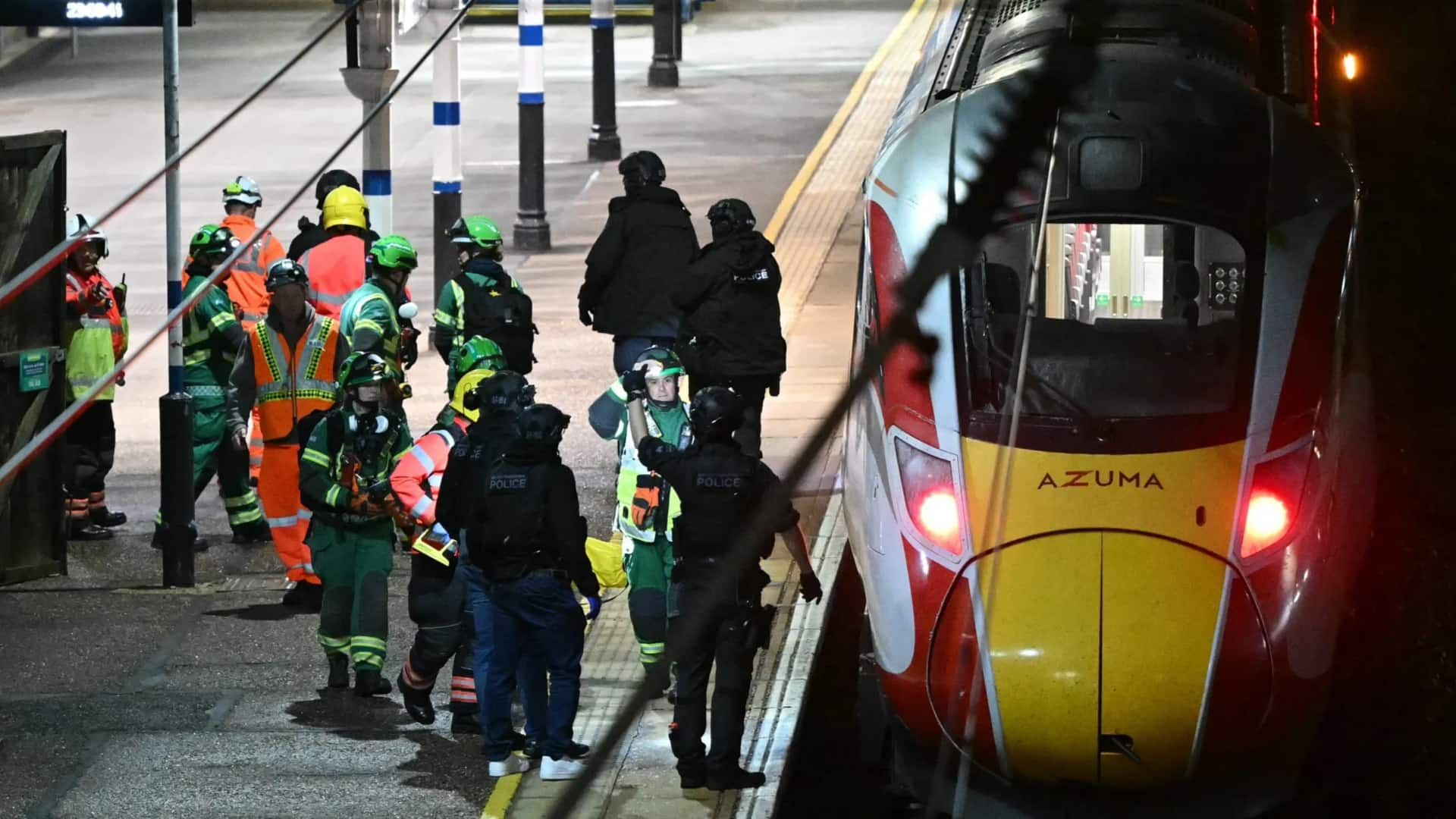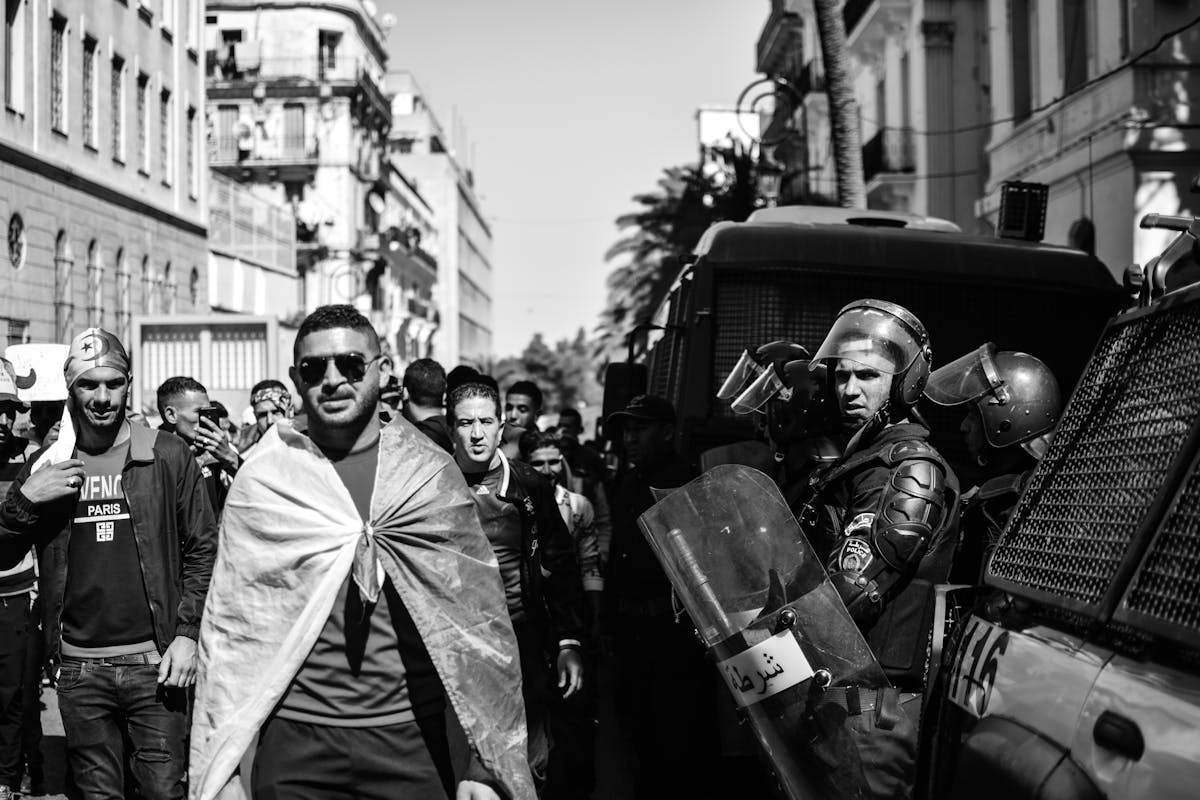The prolonged conflict between Serbia and Kosovo has left deep imprints on the political, social, and economic landscapes of the Western Balkans. Rooted in ethnic, historical, and political complexities, the friction has evolved from outright war in the late 1990s to a challenging post-conflict situation. This article explores the far-reaching consequences of this conflict, examining the regional and international dynamics, and the profound impacts on local communities.
Political Consequences
1. Global Acknowledgment and Diplomatic Strains
Kosovo proclaimed its autonomy from Serbia in 2008, a decision Serbia refuses to accept. This has caused an enduring diplomatic deadlock. Approximately 100 nations, including the United States and most European Union countries, acknowledge Kosovo’s independence, whereas Serbia and several countries—including Russia and China—do not. This division hinders Kosovo’s ambitions to integrate into international organizations such as the United Nations and the European Union. The absence of agreement has led to recurring political confrontations at global meetings, hindering discussions and escalating mutual suspicion.
2. EU Inclusion and Regional Equilibrium
Serbia and Kosovo are both looking to become part of the European Union, yet their ongoing conflict is a significant barrier. The EU has emphasized that improving their relationship is necessary before continuing membership discussions. Consequently, the integration process for these countries has stalled, resulting in an uncertain situation for the Western Balkans. The continued uncertainty about borders and administration causes concern among nearby nations and heightens fears regarding the possibility of reemerging ethnic conflicts.
Socio-Economic Consequences
1. Economic Stagnation and Disparity
Economic growth in both regions is directly impacted by ongoing hostilities. Damage to infrastructure from conflicts, ongoing security issues, and limited cross-border trade deter international investments. The World Bank highlighted in 2022 that Kosovo’s GDP per capita is significantly below the EU average, coupled with high unemployment rates, particularly among young people. In Serbia, areas near Kosovo face economic instability caused by interrupted trade and recurrent tensions.
2. Humanitarian and Social Impacts
The conflict of the 1990s forced hundreds of thousands of people—Serbs, Albanians, and other minorities—to flee their homes. Despite several returnee programs, many communities remain ethnically segregated. Deep-seated mutual mistrust has made reconciliation efforts difficult, obstructing integration at all levels of society. The Balkan Investigative Reporting Network documented that over 1,600 persons remain missing as of 2023, underscoring unresolved humanitarian wounds.
Security Consequences
1. Regular Increases and Global Involvements
While active conflicts ended in 1999, events like the 2023 turmoil in northern Kosovo reveal the ongoing threat of aggression. The NATO-led KFOR mission and the EU’s EULEX remain crucial in maintaining stability, yet occasional clashes between ethnic Serbs and Albanians underscore the delicate nature of the peace. Any intensification of tensions could attract involvement from nearby countries or outside parties, jeopardizing wider regional stability.
2. Challenges of Transnational Crime and Border Control
The weak collaboration between institutions and the administrative division creates a conducive environment for smuggling and organized crime. Global organizations have raised concerns about the trafficking of drugs, firearms, and humans across the permeable boundary between Serbia and Kosovo. These illegal activities weaken the enforcement of law and hinder genuine economic growth.
Cultural and Psychological Impact
1. Diverse Identities and Learning Obstacles
Generations in both Kosovo and Serbia have grown up under narratives shaped by conflict, leading to deeply divided perceptions of history, sovereignty, and cultural heritage. School textbooks present divergent accounts, reinforcing mutual suspicions. In minority communities, access to education in one’s native language is often restricted, perpetuating segregation.
2. Erosion of Trust and Civil Society Engagement
Efforts at dialogue and mutual understanding are hindered by a chronic lack of trust. Civil society organizations play a crucial mediating role, yet their reach is limited by political restrictions and a challenging funding environment. High-profile cultural heritage disputes—such as over Serbian Orthodox sites in Kosovo—feed into broader narratives of victimhood and loss, making reconciliation arduous.
Examples of Events
1. The Obstruction in Northern Kosovo (2022–2023)
A series of border closures and heightened confrontations in northern Kosovo revealed the delicate nature of local interactions. Serb communities in the area, opposing the policies of the Kosovo government, set up blockades and withheld cooperation—resulting in ongoing police interventions, demonstrations, and efforts at international negotiation. This scenario affected routine activities, trade, and essential services, while raising concerns of potential conflict resurgence.
2. Paralizado Diálogo de Bruselas
Launched in 2011 under EU auspices, the Brussels Dialogue aimed to normalize relations. Despite reaching technical agreements on issues such as telecommunications and energy, implementation has been inconsistent. Political leaders face domestic opposition for making concessions, and progress stalls. Each impasse erodes public confidence in negotiation as a tool for conflict resolution.
The conflict between Serbia and Kosovo presents a multifaceted example of how unresolved political issues influence societies, economies, and international relations. Every aspect of life—from economic prospects to cultural heritage and regional stability—continues to be impacted by the conflict’s lasting effects. Attempts at resolution progress slowly, hindered by entrenched narratives and mutual distrust. The experiences of local populations, along with ongoing international involvement, highlight the necessity for innovative dialogue, rooted reconciliation processes, and continued engagement at all levels. Only through these efforts can routes towards enduring peace and sustainable progress emerge in a region defined by historical division and present-day challenges.





